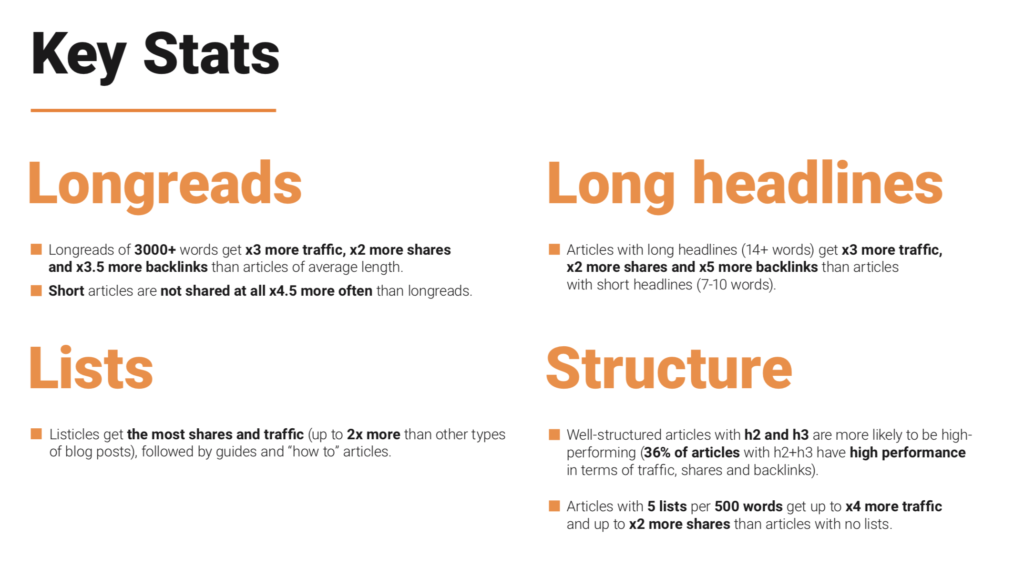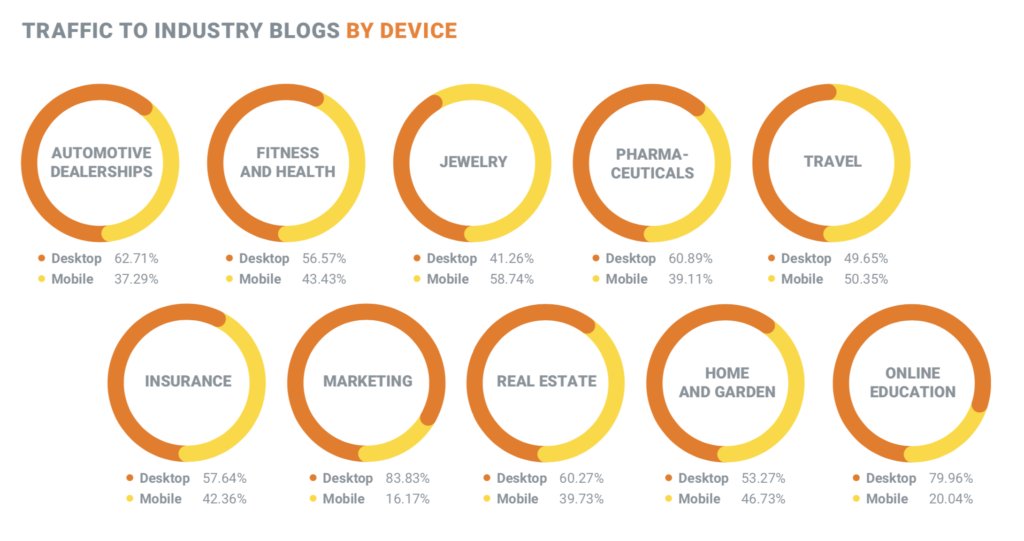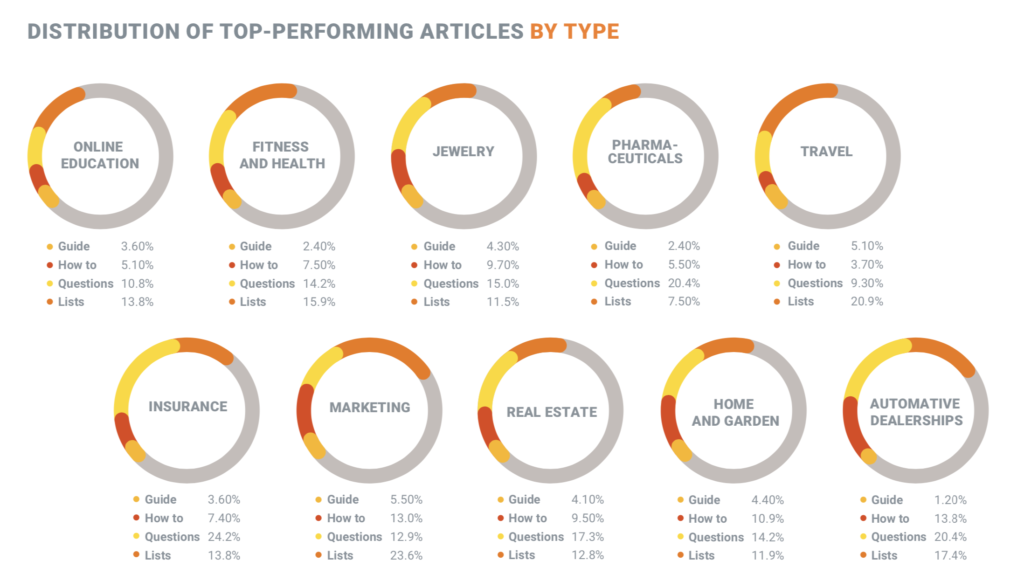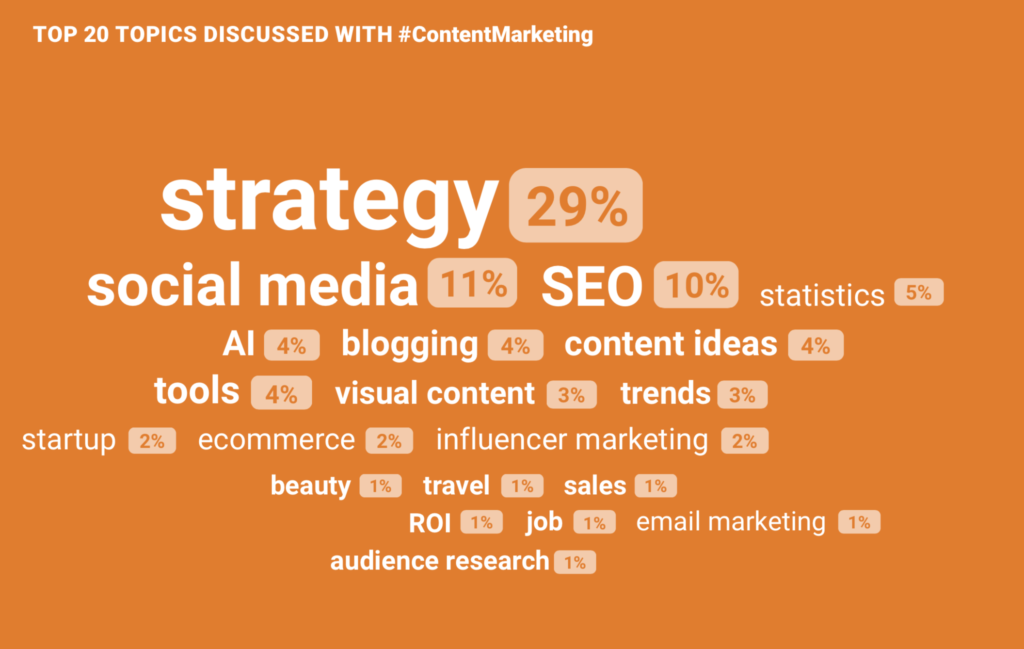Exactly fifty years ago, noted futurist Alvin Toffler wrote one of the most widely read books about the future called Future Shock. It was a legendary work, and the inspiration for the team at the Abundant Future Institute to seek out 50 top futurists to each contribute a chapter to a book celebrating Toffler’s vision and offering new thoughts for a new era. I was honored to be among those who added their insights to the curated selection.
The book is now available on Amazon and my contributed chapter is titled “The Non-Obvious Appeal of Vicarious People.” Here’s an excerpt …
I once purchased a tweet from Kim Kardashian.
Admitting I bought a forgettable endorsement from a forgettable person on a forgettable platform hardly seems like an appropriate story to share in a book co-authored by some of the world’s foremost thinkers on the future. But it points to a seeming contradiction in my interests: For someone who has spent most of his professional life trying to not-so-gently nudge companies and leaders back toward embracing their humanity, I have an unusual fascination with fake things.
I attribute this interest to my experiences working in advertising for the first decade of my career, before I shifted my focus toward trying to predict and describe the future. While I was developing creative persuasion strategies to sell everything from orange juice to cloud computing, I became a student of human behavior.
The team I used to lead would regularly talk to people and pore over reports from global analytics firms to develop consumer insights. Our goal was to create “personas” that would neatly describe large categories of people in terms of their beliefs, passions, and motivations—no matter how mundane or unexpected.
Why do people pick up the second magazine from the rack instead of the first? Why do they worry about climate change yet still buy bottled water? And why do they mistakenly place so much trust in false information, manipulated media, and fabricated celebrities?
It was this last question that fascinated me most: In a world of near-perfect information, why do certain people hold such power to influence us despite sometimes being demonstrably fake? We trust and follow people who are famous simply for being famous, or believe in the experiences of perfect strangers who post product and experience reviews online. We get duped over and over again by self-serving politicians and fame-chasing celebrities.
Thanks to the internet, we have plenty of resources that should allow us to instantly debunk any half-truth or anyone peddling half-truths. Fact-checking is at our fingertips. Despite this easy access to information, somehow people continue to be easily and deeply manipulated on a daily basis.
This invisible force is a potent fixture of our culture, but it isn’t new. Writers have been exploring and imagining its effect for much of the past century.
In Manipulation We (Often) Trust
In 1928, in his seminal book Propaganda, Edward Bernays described the “conscious and intelligent manipulation” of the masses by governments, mostly achieved through imperceptible methods of persuasion designed to keep citizens in line.
Nearly a quarter-century later, noted science fiction luminary Frederick Pohl imagined a future where advertising agencies manipulated public perceptions and capitalism ruled the world in his dystopian novel Space Merchants. Both believed outside entities like governments or organizations shaped what we believe to further their own ends.
In 1970, Alvin Toffler extended this idea to suggest individuals were influencing us, too. He used the term “vicarious people,” such as artists, television personalities, and even fictional characters, to describe the outsized effect that both people and fictional characters were having on our identities and personalities. We model our behavior after theirs and increasingly use their examples to moderate our own beliefs and shape who we are.
As politicians preach more xenophobia, online influencers chase views, and the media curates sensationalism, we the people get assaulted by the fake all around us. And sometimes we reflexively create it ourselves through what we share online.
How can we live in a future where we might overcome—or at least better manage—this parade of fake personalities to become better versions of ourselves instead of indulging our darker impulses? To start, we will need to more deeply understand the nuances behind it. I have spent considerable time trying to do exactly that, usually by doing something that most futurists are loathe to do: focusing primarily on the present.
If you want to read the rest of my chapter, you can download the entire excerpt here >>







